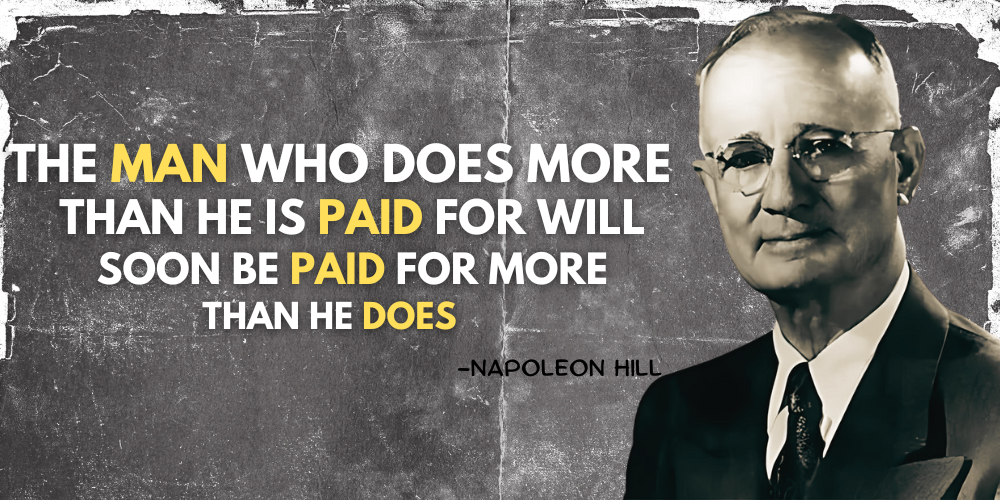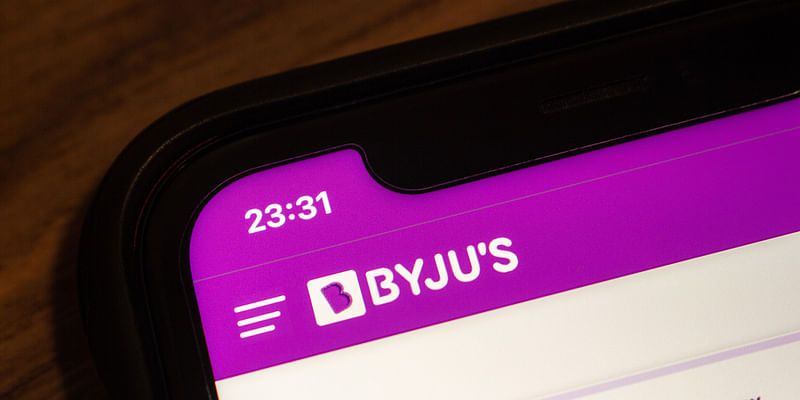QuillPad: Pen Your Thoughts in 11 Different Languages!

“I first saw a computer after I went to IIT Madras for my graduation; I had never used English for communication before that. That is one of the factors that influenced me in realizing the importance of regional languages,” said Ram, Founder and CEO at Tachyon and Developer of Quillpad, an online service for typing in 11 different languages.
Faced with a lack of content in Indian languages on the Web, Ram realized the need for easy to use input methods for typing in them. “Though there were many transliteration schemes available at that time, all of them were very rigid. For example, to write the word ज़िंदगी, users were expected to type ‘zi.ndagI’,” said Ram. This was done to enable computers to transliterate the words accurately, but at the cost of burdening the end user who was forced to learn complicated typing rules. So, in 2006, he came up with the idea of developing Quillpad with an intention of building technologies to enable human-friendly user interfaces.
Quillpad uses patented technology for learning the transliteration rules and predicting them when the users type them in. It is a decision-tree based statistical machine learning method. Quillpad is language-independent and can be trained to transliterate between any two alphabet-based languages in the world. “Given the corpus of Unicode words, and a simple language model that can be specified by anybody who can read the language, we can get Quillpad working for a new language in a matter of couple of hours. So it is naturally scalable to any number of languages,” says Ram.

With the onset of tablet and other touch devices, Quillpad came up with an idea of building an interface that combined the best of keyboard and handwritten gesture input. The output of this idea was seen in the form of Quillpad Touch, the first version of which was launched on January 8th, 2012. In addition to typing, Quillpad Touch also provides a gesture panel on which users can draw gestures like matras, chandra-bindus, etc. This is achieved with the use of simple logistic regression based gesture recognition that was custom built for this purpose.
Quillpad’s current focus is B2B. They work with device manufacturers on a per-device royalty basis in order to make their technology one of the native methods available on tablets and mobile phones. The Quillpad Web version is licensed on a per language per annum based model and Quillpad Touch is currently free on iOS platforms. They are looking at launching their products on Android as well.
“Apart from direct consumer use, we believe that Quillpad technology has a lot of potential in education and e-governance. UIDAI (Unique Identification Authority of India) is already using our solution for converting addresses entered in their enrollment forms in English to Indian languages (transliteration and translation),” says Ram, proudly.
For technical details on how Quillpad built its technologies, you can visit their blog. There are fascinating things happening with languages like PlanetRead that provides SLS for TV, Aksharit from Madrat games which is scrabble for hindi and MobileVeda which enables mobile publishing in Indian languages.











